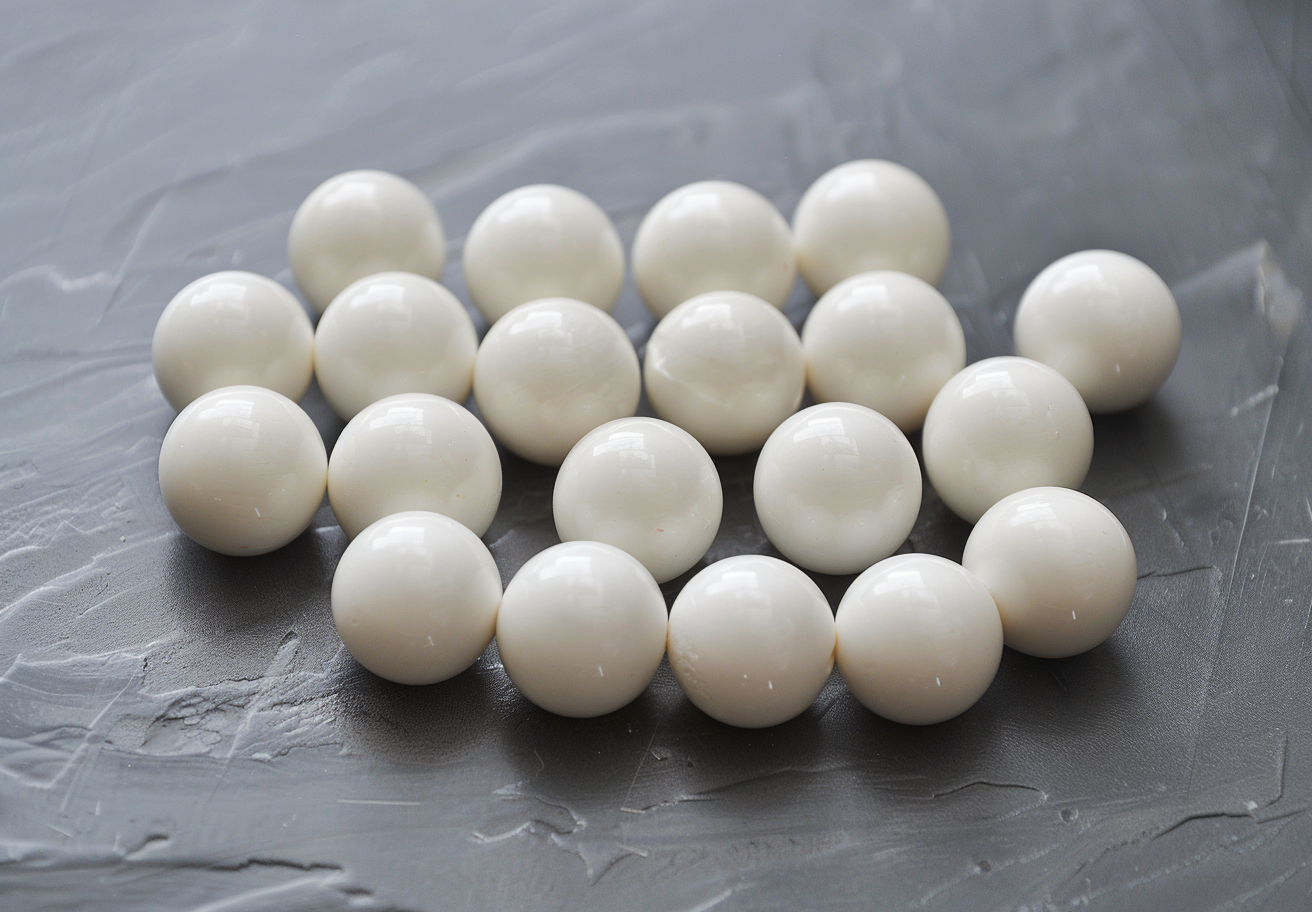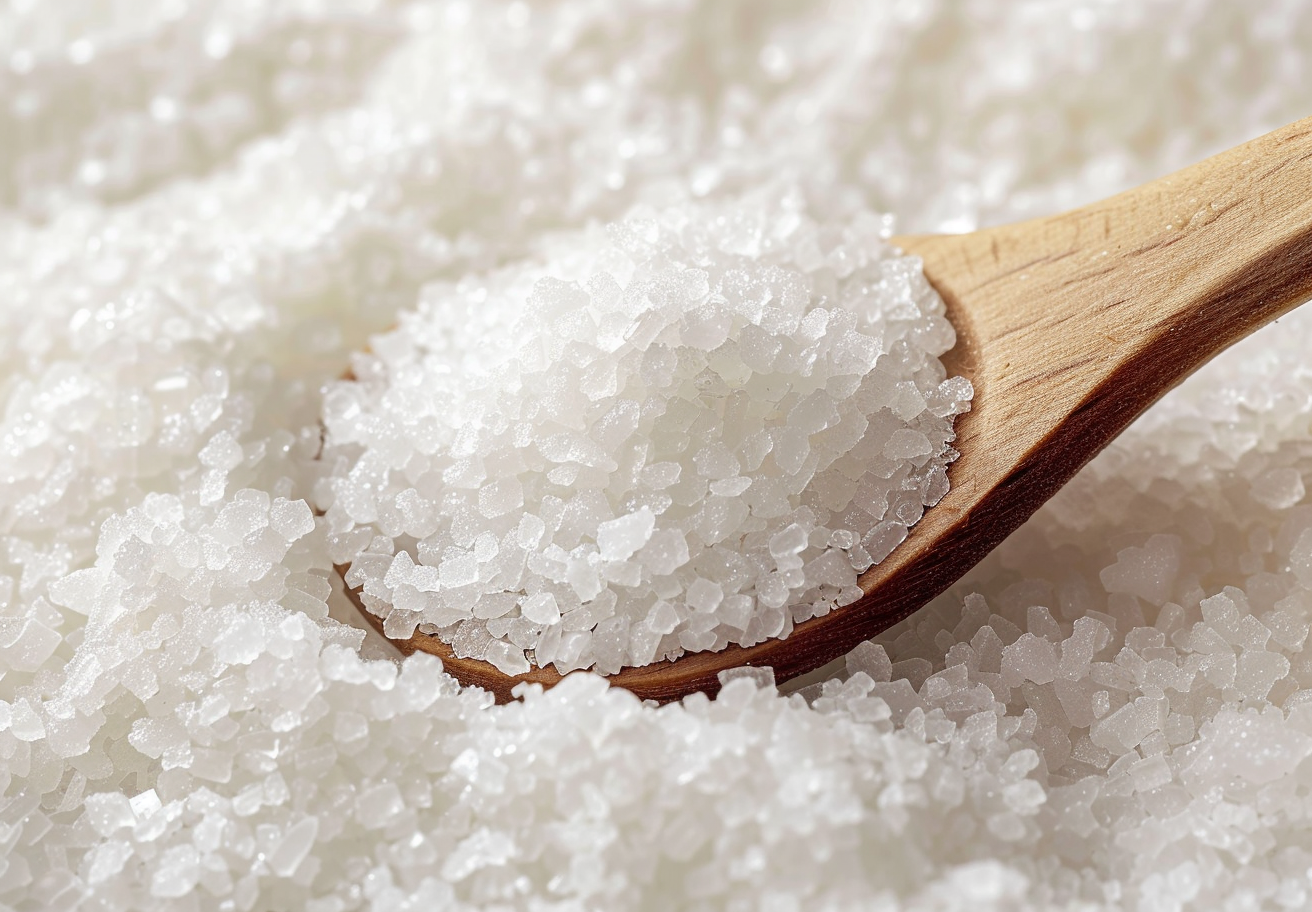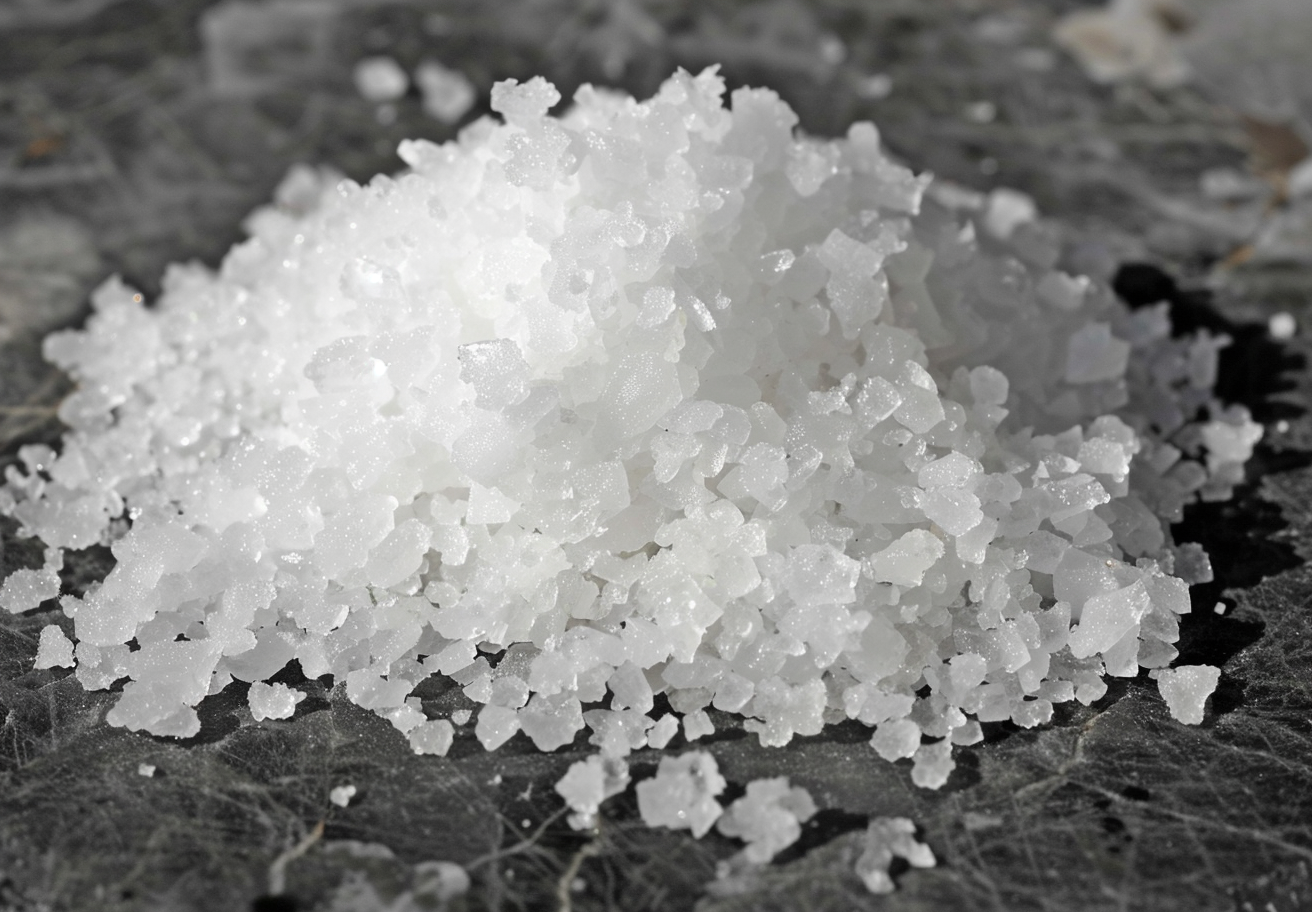
Yttria-stabilized zirconia (YSZ) is a ceramic material that combines zirconium oxide (ZrO2) with yttrium oxide (Y2O3). This mixture gives YSZ its impressive strength, thermal stability, and resistance to wear. These qualities make it ideal for use in high-demand areas like aerospace, energy, and healthcare. The addition of Y2O3 not only improves zirconia’s toughness but also transforms its internal structure, leading to enhanced durability.
Zirconia tends to exist in a monoclinic phase at room temperature, which is not very stable. As the temperature rises, zirconia shifts to tetragonal and then to cubic phases. When it cools back down, it returns to the monoclinic phase, which can cause cracks and failures. Adding Y2O3 stabilizes these higher phases even at lower temperatures, preventing cracks from forming. This stabilization process makes YSZ stronger and more reliable, especially in environments where thermal changes are common.
The amount of Y2O3 in YSZ plays a crucial role in shaping its microstructure. A study investigated samples with Y2O3 levels ranging from 3% to 8%, all sintered at a temperature of 1550°C. The results showed that increasing the Y2O3 content led to a finer and more uniform grain structure. Smaller, tightly packed grains make YSZ better at resisting fractures. This uniformity helps the material maintain its high strength even under stress.
YSZ's toughness is due to a phenomenon called transformation toughening. When a crack begins to form, the tetragonal phase of zirconia converts to the monoclinic phase. This transformation absorbs energy and slows down the crack's growth, preventing it from spreading further. This unique property is why YSZ is often used in applications that require high durability, such as cutting tools, medical implants, and structural components.
The mechanical properties of YSZ improve significantly with the right amount of Y2O3. The study found that YSZ containing 7% Y2O3 had the highest flexural strength and fracture toughness. Its microstructure was dense and uniform, with small grains that helped disperse stress and stop cracks from growing. This specific composition provided the best balance between strength and toughness, making it ideal for heavy-duty applications.
Pore size is another critical factor in YSZ's performance. Smaller pores in the material lead to higher strength and durability. In the study, YSZ samples with higher Y2O3 content had reduced pore sizes, which made the ceramic more resistant to fracture. The 7% Y2O3 sample, in particular, showed the smallest pores and the most even grain distribution, contributing to its superior mechanical properties.
YSZ’s unique characteristics make it a versatile material used across various industries. In medicine, it is used for dental implants and prosthetic joints because of its biocompatibility and high fracture resistance. In the energy sector, YSZ is a critical material in solid oxide fuel cells, where it acts as an electrolyte that can handle extreme temperatures. It is also employed in jet engines as a thermal barrier coating, protecting engine parts from heat damage and extending their operational life.
Beyond stabilization, yttria also influences the microstructure of YSZ by controlling the size of the ceramic grains. When Y2O3 is present, it encourages the formation of smaller grains that improve the ceramic’s hardness and wear resistance. These finer grains help prevent the growth of cracks and make the material more durable over time. As a result, manufacturers can adjust the Y2O3 levels to create YSZ with specific properties tailored to different industrial needs.
To achieve the best performance, the YSZ composition must be carefully controlled. The study revealed that YSZ with 7% Y2O3 had the most favorable properties, showing the highest flexural strength and best resistance to cracking. This level of yttria creates a balanced microstructure that supports the transformation toughening mechanism while maintaining a high degree of phase stability. Fine-tuning the amount of Y2O3 allows engineers to optimize YSZ for use in high-stress environments like aerospace and medical applications.
Yttria plays a crucial role in enhancing the properties of zirconia, transforming it into a tougher, more stable material that resists cracks and fractures. Among the studied compositions, YSZ with 7% Y2O3 demonstrated the best performance due to its fine-grained structure and balanced phase stability. This makes it a top choice for demanding applications in various industries.
Stanford Materials Corporation (SMC), a trusted supplier of rare earth materials, provides a wide range of products that support innovations in fields like aerospace, electronics, and energy. Their expertise and high-quality offerings make them a reliable partner for those seeking advanced material solutions.
Eric Loewen
Eric Loewen graduated from the University of Illinois studying applied chemistry. His educational background gives him a broad base from which to approach many topics. He has been working with topics about advanced materials for over 5 years at Stanford Materials Corporation (SMC). His main purpose in writing these articles is to provide a free, yet quality resource for readers. He welcomes feedback on typos, errors, or differences in opinion that readers come across.

 Inquiry List
Inquiry List


